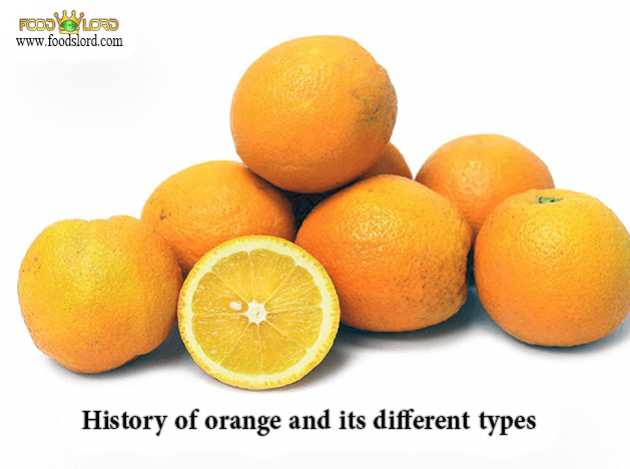In this article, we will review the history and different types of orange. Orange is a type of citrus that is very similar to lemons, tangerines and grapefruits. Typically, an orange of any species has a series of parts that contain fleshy fruit and kernels, followed by a thick orange peel. Orange is the most popular of all citrus fruits and, along with apples, are one of the most popular fruits produced and consumed worldwide.
History of orange and its different types
The main history and origin of orange include southern China, northeastern India and Myanmar, and the first reference to oranges in Chinese literature dates back to 314 BC. Archaeologists and historians believe that at the beginning of the first millennium, Chinese farmers set aside land for gardens and grew oranges, apples, figs and other fruits.
By 1987, orange trees were the most widely cultivated fruit tree in the world, and by 2012, sweet oranges accounted for about 70 percent of citrus production. Orange trees grow widely in tropical and subtropical climates because of their sweet fruits. The fruit of the orange tree can be eaten fresh or processed using orange juice or its fragrant skin.
Different types of orange
Navel Orange
These sweet and slightly bitter orange can be considered the most common type of oranges. You can recognize this orange by its umbilical cord-like mark at the bottom. Navel orange is a good choice as a great snack due to their pleasant taste and lack of kernels, and you can also use orange juice as well.
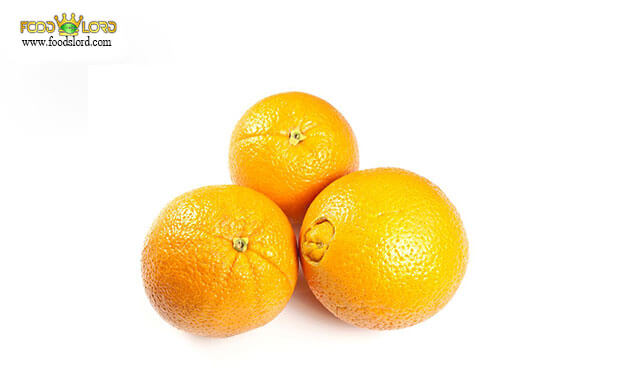
Valencia Orange
Valencia orange has a thin skin and a lot of fruit juice. Despite its Spanish name, Valencia Orange originated in California in the mid-1800s. They also grow in Florida and, unlike other common varieties, are mostly harvested in the summer.
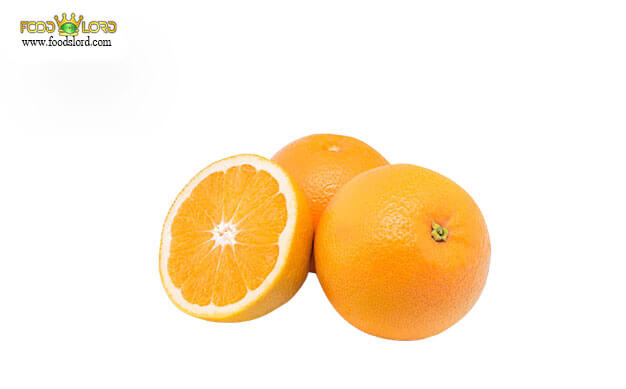
Blood Orange
Blood orange gets its name from the dark red color of its flesh, which is extremely juicy, sweet and sour. Their flavor is unique, like sour oranges mixed with thick and ripe raspberries. There are three main types of blood oranges: Moro, Sanguinello and Tarocco, which vary from sour to sweet, respectively. They are a great addition to desserts or sauces. Blood oranges are mostly available from late fall to winter.
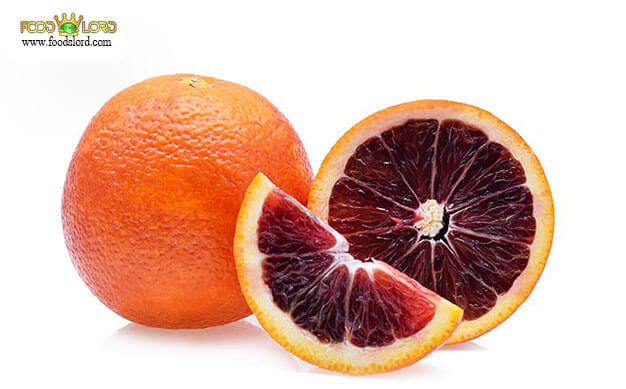
Seville orange
Seville orange are also called sour orange. Due to the minimal sweetness of orange, Seville makes it a good choice for jams, because there is no need to add a lot of sugar. Despite this type of orange is very acidic, it is not usually eaten raw and is used to flavor a variety of salads, sauces and jams.
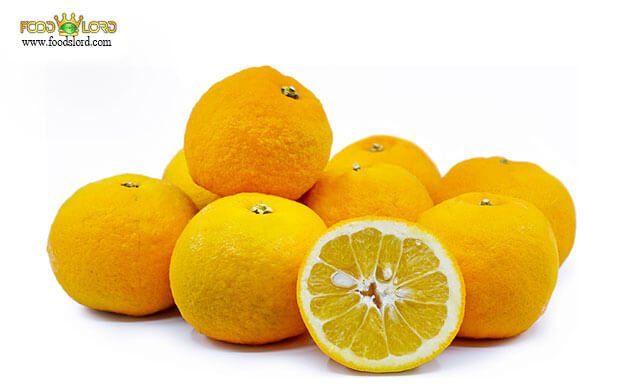
Mandarin orange
Mandarin orange is a group of citrus fruits that have loose skin, are small in size and have a somewhat flat appearance. Oranges are actually a combination of tangerine and pomelo (which is similar to grapefruit, but less bitter). Mandarins are small and sweet, and their skins peel off easily and can be used for salads and popular snacks. They are also great for cooking because they are virtually seedless.
Lima Orange
Common in South America and the Mediterranean, Lima oranges are also known as acid-free oranges because they are extremely sweet with minimal acidity or spiciness. They have thick skin and some grains, but are great for snacks because of their distinctive soft and juicy texture. The only disadvantage of lima orange is that they have a short shelf life due to their lack of acidity.
The largest orange producing countries in the world
- Brazil 16,713,534 tons
- China 9,246,305 tons
- India 8,367,000 tons
- United States 4,833,480 tons
- Mexico 4,737,990 tons
- Spain 3,639,853 tons
- Egypt 3,246,483 tons
- Indonesia 2,510,442 tons
- Turkey 1,900,000 tons
- Iran 1,889,252 tons
Nutrition facts of orange per 100 grams
- Calories 49
- Total fat 0.1 g
- Saturated fat 0 g
- Trans fat 0 g
- Unsaturated fat 0 g
- Cholesterol 0 mg
- Sodium 1 mg
- Potassium 166 mg
- Total carbohydrates 13 grams
- Dietary fiber 2.2 g
- Sugars 8.5 g
- Protein 0.9 g
The health benefits of oranges
- Protect the cell against damage.
- Helps your body make collagen, a protein that heals wounds.
- Facilitates iron absorption to prevent anemia.
- Strengthens your body’s defense system.
- Helps fight carcinogenic free radicals.
- When you feel anxious, the vitamin C in oranges can lower your levels of the stress hormone cortisol and your blood pressure.
Dried orange
Dried orange slices have a long shelf life due to dehydration. Serve dried orange slices as a snack or use them in cooking and for decorative purposes in a variety of cakes and desserts.
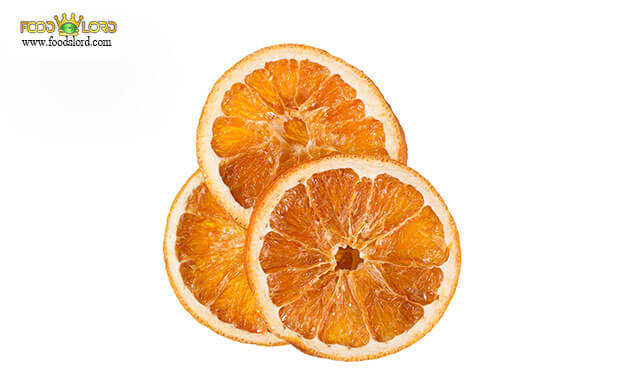
Ref:







